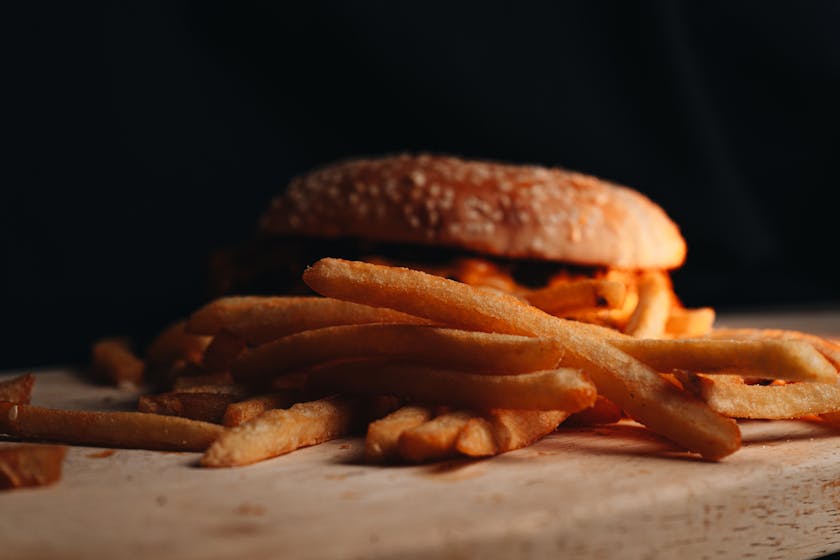If you’re interested in once-a-month cooking, freezing meals for families is an essential technique to master. It not only saves time but also ensures that you have wholesome, home-cooked meals on hand, even on the busiest days. In this how-to guide, we’ll explore the steps to efficiently prepare and freeze meals that will delight your family.
Understanding the Basics of Freezing Meals
Before diving into the world of meal prep and freezing, it’s important to understand the fundamentals. Freezing meals for families involves cooking large quantities of food, portioning it out, and then freezing it for future use. This method retains the food’s nutrition and taste, provided you follow certain best practices.
Choosing the Right Containers
Selecting the appropriate containers is crucial for successful freezing. Opt for airtight, freezer-safe containers or bags that are made from BPA-free plastic or glass. Make sure the containers are the right size for your family portions to prevent waste and make thawing easier.
Prepping Your Meals
When preparing your meals for freezing, let the food cool down completely before packaging. This will prevent the formation of ice crystals, which can lead to freezer burn and affect the taste and texture of your food. Also, clearly label each container with the contents and date of freezing.
Best Meals to Freeze
Not all meals are suitable for freezing, so it’s important to choose recipes that will withstand the freezing and thawing process. Casseroles, soups, stews, and marinated meats are excellent options. Avoid dishes with high moisture content, such as salads or meals that include crunchy vegetables, as they may become soggy after thawing.
Preventing Freezer Burn
Freezer burn occurs when air comes into contact with food, causing dehydration and oxidation. To prevent this, remove as much air as possible from your containers or freezer bags. For extra protection, wrap your food with aluminum foil or plastic wrap before placing it in containers.
Thawing and Reheating Your Meals
Thawing your meals correctly is as important as the initial preparation. Plan ahead and transfer your meal from the freezer to the refrigerator 24 hours before you intend to eat it. For a quicker method, you can use a microwave or a water bath. However, never thaw food at room temperature as it can lead to bacterial growth.
When reheating, ensure the meal reaches an internal temperature of 165°F to kill any potential bacteria. If you’re using an oven or stovetop, you may need to add a little extra liquid to prevent the meal from drying out.
Creating a Freezing Meals Calendar
To truly master once-a-month cooking, create a calendar that outlines what and when you’ll cook and freeze. This will help you rotate meals, prevent waste, and keep your menu varied and interesting for your family.
By following these guidelines, freezing meals for families can be an effective way to save time and enjoy delicious, home-cooked meals. It’s a practical solution for busy households and a great way to ensure you’re eating healthily throughout the month.
Remember, the key to successful once-a-month cooking is planning. Spend time crafting your menu, shopping for ingredients, and organizing your kitchen for a day of cooking. With a little effort, you’ll reap the benefits of freezer meals that make family dining convenient and satisfying.



